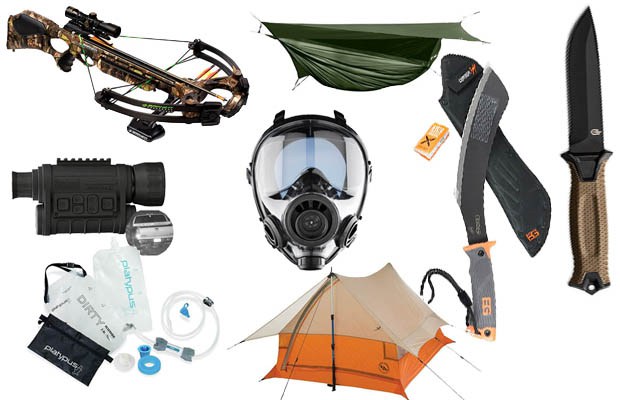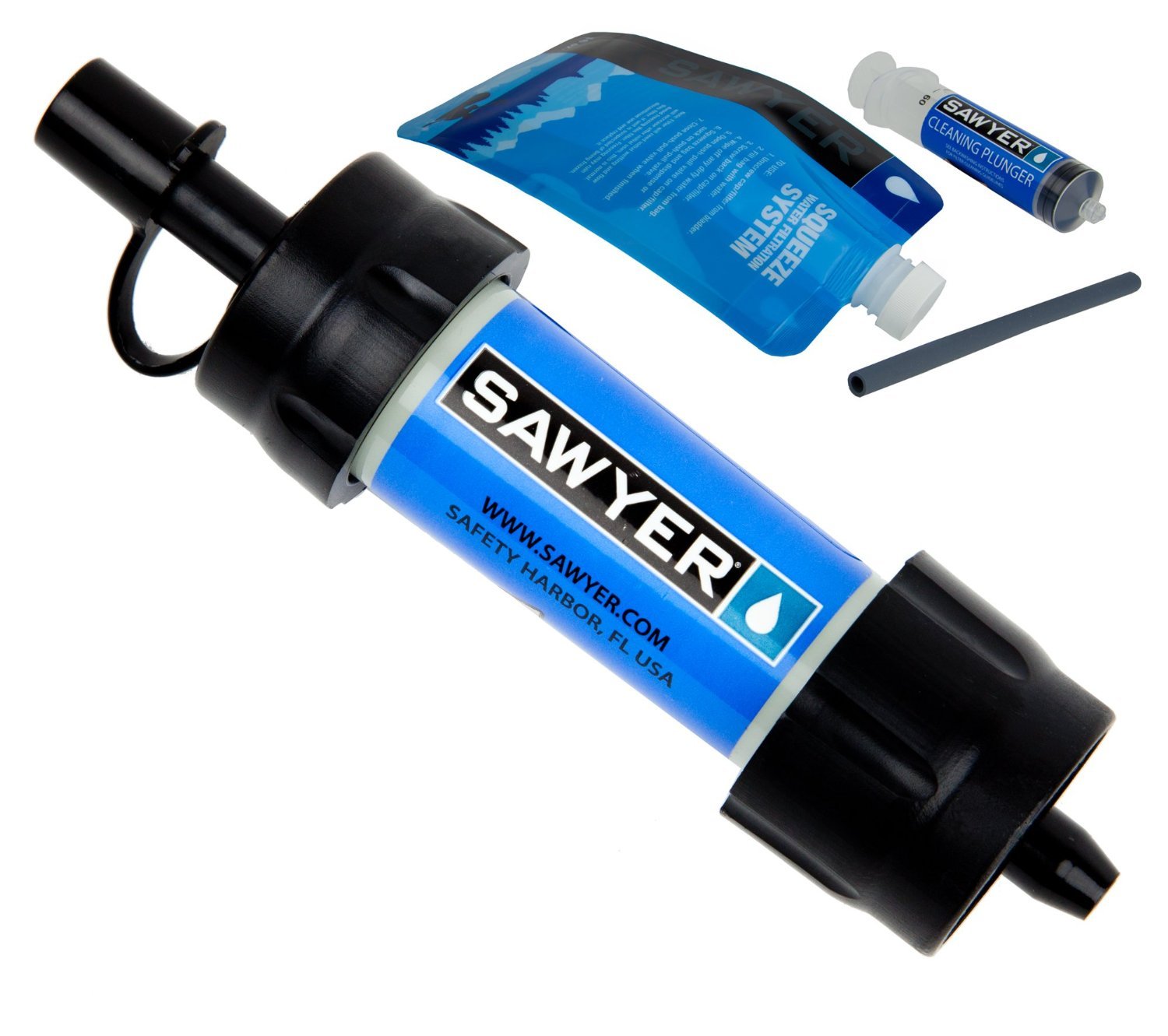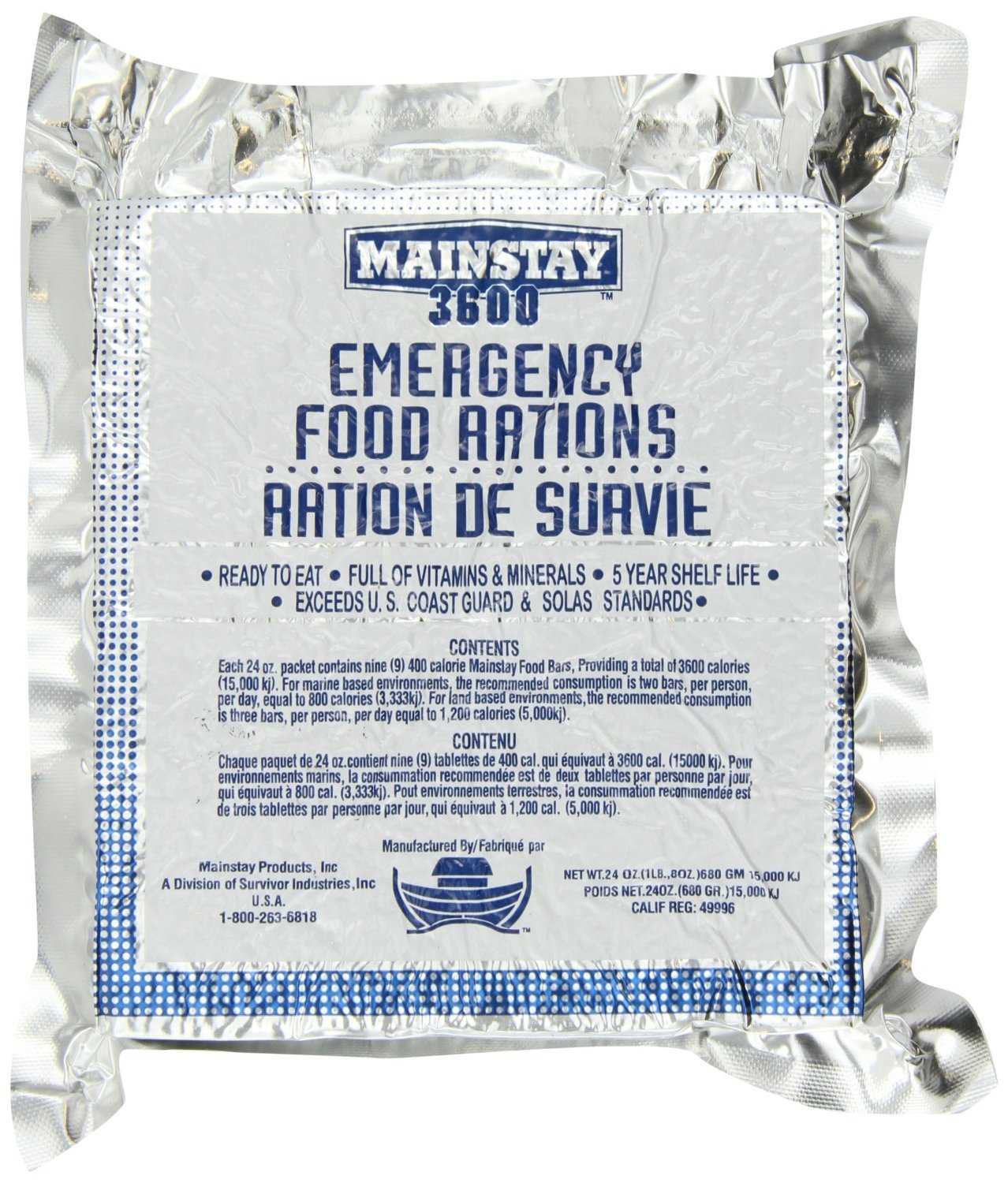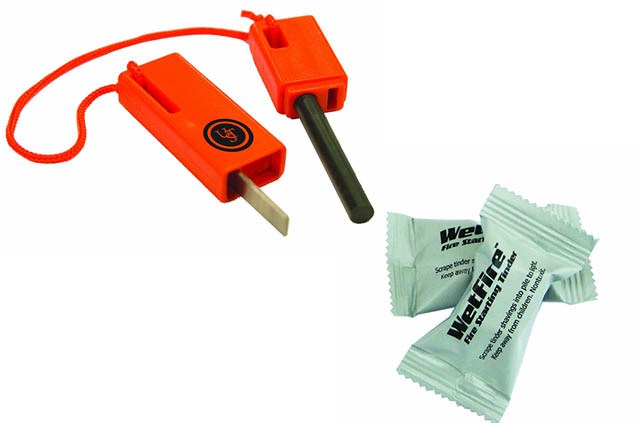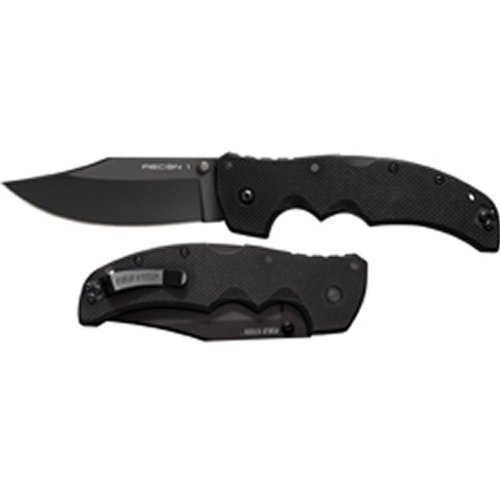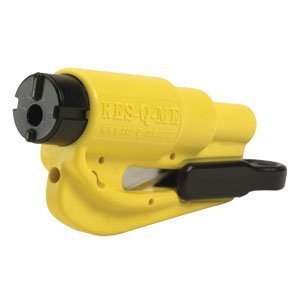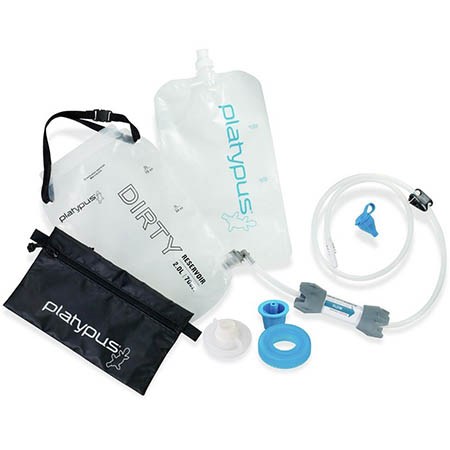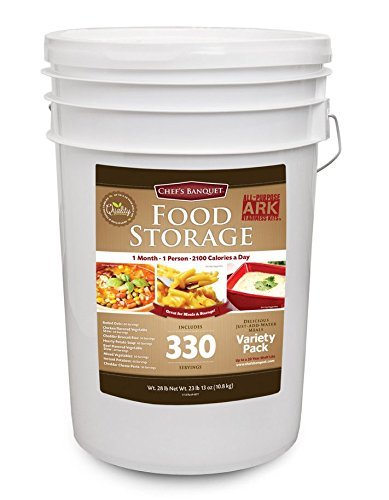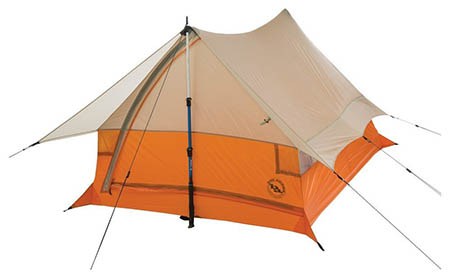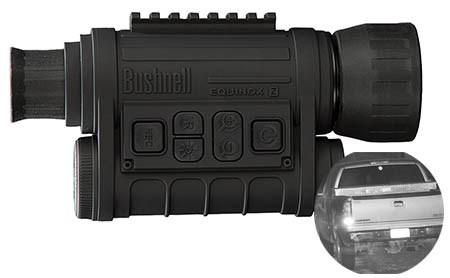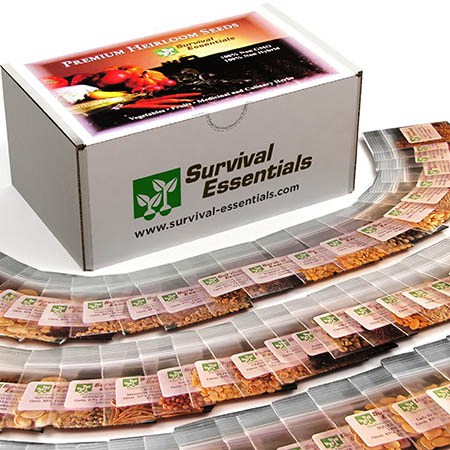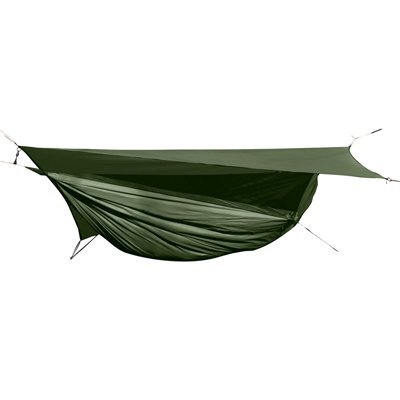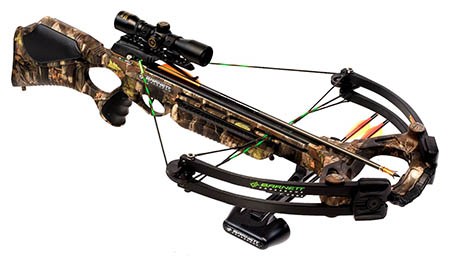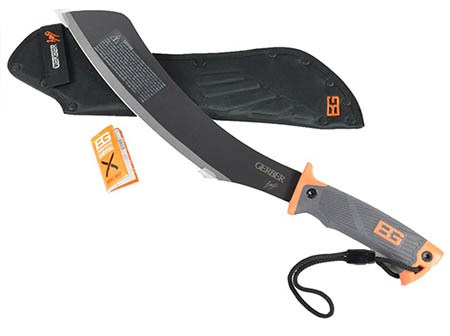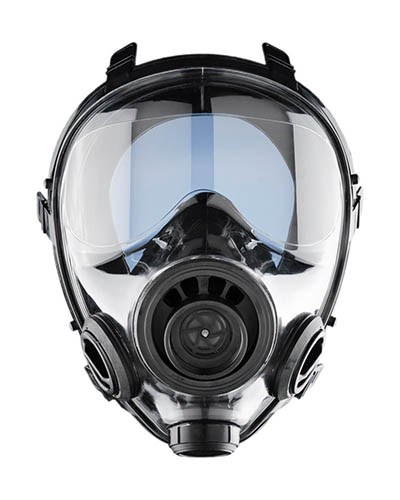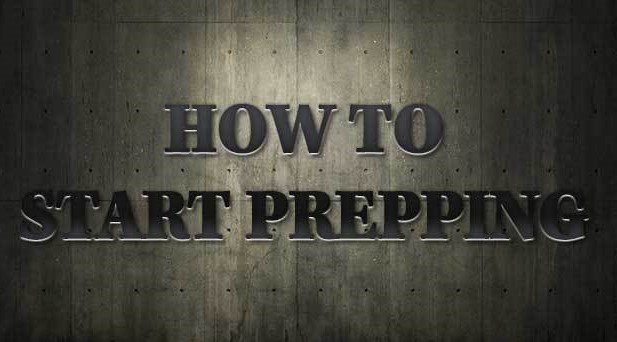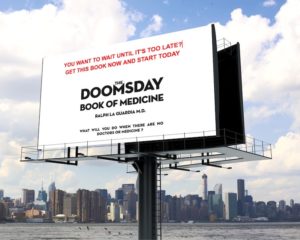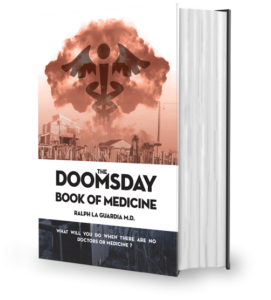Prepping Plans: If You’re Reading This, I May Be Dead
Would your family know what to do in the event of a disaster or SHTF event? Would the prepping supplies you have carefully purchased and stored away help your family survive or would they be unused because nobody knew about them?
Not that your family is inept without you, but do they know all of the plans and preparations you have made? Would they know immediately what you had planned to do in specific disasters? Would they know your rationale for making decisions you did or would they make the same mistakes you had already learned through? Would they know the dangers you had anticipated and prepare correctly for them or would they have to figure things out along the way?
The article has a cryptic title but the thought of writing down instructions for what to do in the case that you weren’t home during the apocalypse occurred to me the other day. I envisioned how best to leave information for my wife or any family members if TEOTWAWKI happened and I wasn’t there to help. The image of a grainy video tape playing of me sitting in my favorite chair, possibly holding my AR15 for effect came to mind from far too many cheesy movies. My family would be watching me as I said the words uttered by many a B-Movie actor: “If you are watching this, I must be dead” or something like that. I wouldn’t leave video behind but I could see printing a manual out and in a nod to those cheesy movies, my opening line might be: “If you are reading this, I may be dead”.
You may be in fact dead or you could just be seriously delayed in getting back to your home. We talk about people who travel for business on Final Prepper and making a journey of hundreds of miles on foot possibly with the right circumstances. If you are on a business trip and something like an EMP wiped the grid out while you were hundreds of miles away your family might not even hear from you for weeks. They might not know you are alive and trying to get back to them. The unknown in that situation would be pretty daunting to most people. The last thing they knew you were hundreds of miles away and now the bottom just dropped out. Without knowing if you would ever even make it back home, instructions you leave behind could be your plan laid out into words that they could look to for guidance and direction. While it may not make the thought of you being lost forever any easier to take, it could help them survive.
Before you begin your prepper plan
I think it’s only fair to say that your family shouldn’t be clueless about your prepping plans for survival even if you are traveling. I personally share most of my plans with my family but I don’t go into great specifics on many issues. I do understand that on some issues they hear me, but don’t care very much. Would they recall what I said two years ago during a disaster now when they could possibly very scared and near panic? Maybe, but I am sure they would need some additional details to make things go smoother if my plan is meant as the ideal for our survival.
Some people though don’t have family members that care about their preparations. Some preppers have spouses that are actually opposed to taking any steps to survive if something happens. That’s what the government is for, right? If you have a situation where you are prepping on the sly or are in some ways doing this all by yourself because of an unwilling spouse, you probably want to leave them with information they can use if you aren’t there.
As much as possible, I think you should try to get your spouse on board with your prepping plans. If you do, things will be so much better in the long run. If your spouse is with you, the rest of the family comes next. Make sure to talk about bad things happening in life and what you would do if faced with those situations. You can make these conversation topics age appropriate obviously, but share your prepping plans with your family as much as possible and then they will already know where your mind was at even if you aren’t there.
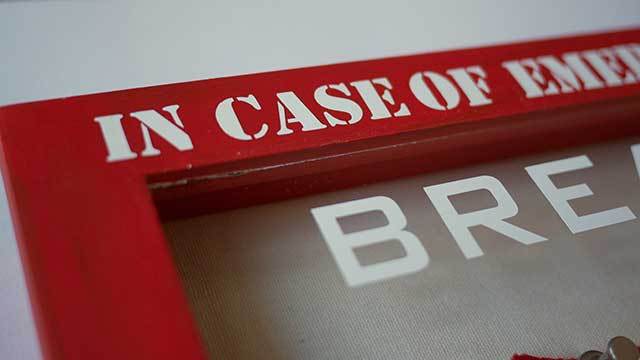
What should you document?
I have seen detailed plans for very specific things like how to thaw the well pump with schematics. If this is something that you need to pass along and have the time to do that, I say more power to you. Most of us wouldn’t need that level of detail, but each of us must take our own situation into account when you are writing down the important information that the people you leave behind might need to know.
I have broken a hypothetical set of instructions down into what I think are logical sections. Your plans might be completely different from this sample, but you can use this to create your own prepping instructions list.
- Introduction – If you’re reading this I may be dead. You can use whatever words you want to in this section obviously but the introduction should be an explanation of what the instructions are for and what to do in your absence.
- Evaluate The Crisis – This part is important because some people freak out unnecessarily. Is this a regional event? Are communications affected? Is the TV still working? Are people dead outside? The urgency of their actions could vary greatly with the crisis. Using guidelines based upon your own prepping priorities there should be logical decisions you can make based upon what you are seeing.
- Short or Long Duration – Assuming there isn’t wide-spread catastrophe is this disaster short-term as in a natural event like hurricane, tornado, flood excreta or is this something more protracted and longer with no end in sight?
- What is affected? – What infrastructure is impacted? There are triggers that you can analyze to see if you need to act immediately or can try to wait out the crisis in your current location.
- Last Minute Preps – In some situations, there is a chance to run out and obtain last minute supplies. What are the risks of this? Do you have cash stored if credit cards and ATMs are down? What stores and supplies should be at the top of the priority list?
- Do you need to Bug Out? – This is a complicated subject but going back to the list of triggers, what decisions does the person reading this need to consider? How long can they expect to last with the supplies you have on hand? Do they have a place to go? Could they get there? Is it worth the risk traveling at this time?
- Security – Hopefully the person reading this knows about any firearms you have, where your ammo is stored and combinations to the safe. Do you have weapons hidden? Do you have platform considerations they need to know about? For example all of your pistols are .45 Glocks and our tactical carbines are all AK47. This information could be a detail they need to consider when looking for additional ammo or bartering with others for bullets. What provisions do you have for home security and defense? Do they have an appreciation for how desperate people could become and standard safety procedures to prevent unwanted contact with hostile people?
- Shelter – Heat and Cold – assuming there is no power, what can be done to heat the home? Do you have heaters stored somewhere? Where is the fuel? How do you light that Kerosene heater and keep the house vented? Where are the tents? Do they know how to set them up?
- Food and Water – How much food and water is stored? How many people will this feed? For how long? Do you have any food hidden in caches somewhere? How will they cook the food without power? Do you have stoves or gear to cook over a fire? Water filtration is a big one. Do they know how and why they should filter the water, optional sources for collection like rain barrels and how to disinfect with calcium hypochlorite if necessary?
- Sanitation – What do you have planned for sanitation if the toilets stop running? Do they know where your portable toilet and stash of toilet paper, hand sanitizer and lime is?
- Power – What are your backup power options? Do you have a generator and do they know how to start it? Do they know how many electric devices this machine will power so they don’t expect every appliance in the house to run off a 3000KW generator? What about solar chargers, inverters to be run off a car battery or other options you have?
- Communications – It’s great that you have all of the Ham radio gear you need, but do they know how to use it? What repeaters are programmed into your handsets? How should they monitor their communications? Is there anyone they can trust and what frequency and call sign do they use? Additionally, you might not be able to communicate with them to tell them you are OK and headed back on Route 80. They should know how to communicate their intentions if they have to leave before you get back for a hopeful reunion.
- Homesteading Skills – Gardens, livestock and anything that needs to be considered for long-term disasters. Do they know how often the chickens need to be fed? Do you have survival seeds stored somewhere? Do you have plans for harvesting game locally?
- Money/Finances – Where is the money stored that you kept hidden? What guidelines should they follow for using each after a crisis?
This list could be 10 times as long, but these are just some ideas I came up with off the top of my head. Your instructions should fit your plans and resources.
Where should you keep this prepper master plan?
As corny as it sounds I would stick this information in a binder with a big label on the outside that says something like “In Case of Emergency”. Make sure your wife, kids and any relatives who you trust know where this is. The information you put in here could save their life.
Now, I don’t expect everyone will write down as much detail as is needed on every single subject. Each could be its own book and there are great preparedness books out there. I recommend everyone have several resource books on-hand to fill in the holes and answer questions you might have forgotten.
The job of making sure your family is taken care of doesn’t end when you leave the house. It’s your responsibility to ensure they know as much as possible in order to survive. Sharing information with them if you are delayed in coming home could save them.
Would your family know what to do in the event of a disaster or SHTF event? Would the prepping supplies you have carefully purchased and stored away help your family


